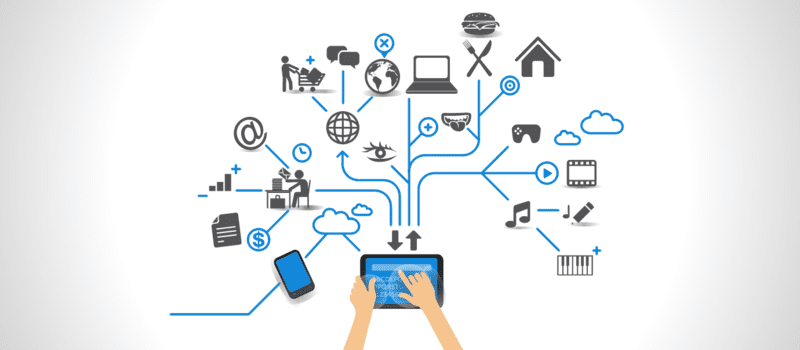Top Wi-Fi Predictions for 2017

 We’re about a month into January now, which means the “end of the year” 2016 roundups have all ended by now, and we’re on to look to wards the future. With wireless networks, the technology is moving faster than ever before, giving us more reason than ever to follow the industry’s every move. Below we’ve compiled some of the most prescient insights from across the internet on wireless networking in the coming year.
We’re about a month into January now, which means the “end of the year” 2016 roundups have all ended by now, and we’re on to look to wards the future. With wireless networks, the technology is moving faster than ever before, giving us more reason than ever to follow the industry’s every move. Below we’ve compiled some of the most prescient insights from across the internet on wireless networking in the coming year.
Wi-Fi Takes the Lead
The great debate between wireless and LTE has been raging for some time now but it looks like 2017 might be the year that wi-fi takes the lead. Looking at changes in data costs, it looks like LTE still is lagging in terms of spectrum, carrying an expensive deployment process and a awkward by-the-byte billing system. Wireless still remains the cheaper option for deployment, and is, for the most part still cheaper for the user. In order to avoid regulatory intervention on LTE/WiFi issues, Dirk Gates of Network Computing recommends that the US should adopt a simple co-existence protocol, similar to the one used in Europe, Listen Before You Talk ( LBT). He mentions that the LBT protocol in the IEEE 802.11 standard allows a number of devices to all use the same radio channel without pre-coordination.
5G and Unlicensed Spectrum
There was a lot of talk in 2016 about spectrum. This is especially after the FCC made moves to open roughly 11 GHz of high frequency spectrum to 5G technology. Federated Wireless also predicted the 3.5 GHz band will be the first global 5G band. In addition, they noted that Europe and other regions have started to consider the the use of 3.5GHz for 5G. The United States will begin deployments this year. Federated Wireless said that the mid-band spectrum is uniquely equipped to meet all of trends associated with 5G technology. Tormod Larsen from Extrenet expects that CBRS and unlicensed spectrum will catch on in the coming year because they provide opportunities for people with limited or unavailable spectrum.
IoT
Internet of Things software has already proven its worth. Looking at shopping trends this holiday season alone, Amazon’s alexa and other smart-home devices were all the rage. This year we can expect much more investment into Iot technologies. Verizon has predicted that Iot related spending will grow from 1 trillion in 2019. Another IoT projection estimates the number of Iot devices in 2020 to be near 21 billion. As more and more products hit the market, the value of the technology is likely to increase. A major IoT development to anticipate in 2017 is “wake up radio”, a capability of IEEE P802.11ba. It’s expected that IoT devices will soon use two radio to make sure that both low latency and energy efficiency in a device. With this capability, one radio can alert a device and the other radio. Once the second radio is alerted, it will handle the following low-latency data communications.





















